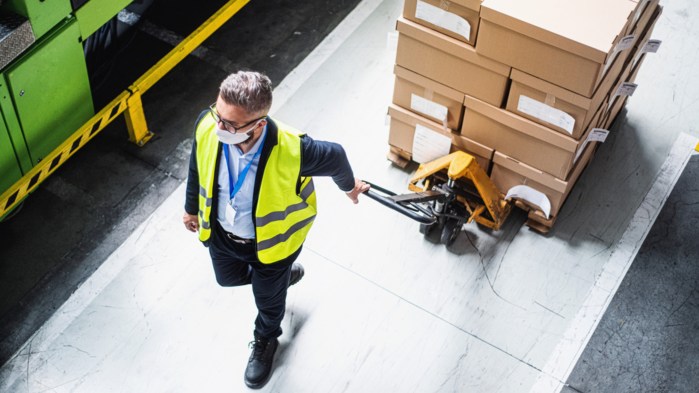Why COVID-19 is a Galvanizing Moment for Eliminating Physical and Digital Supply Chain Risk
When the COVID-19 pandemic began, the resulting economic fallout was felt across borders and industries alike. From manufacturing to financial services, every industry has been scrambling to minimize the impact of the pandemic on the bottom line. For many businesses, this has helped serve as an urgent wake-up call to take proactive steps to identify and eliminate risk across their global supply chains, which typically span several tiers of suppliers dispersed across the world. Real-time supply chain risk visibility plays a critical role in avoiding business disruptions.
The Economic Risk
There is an immense economic risk that needs to be considered when a business operates a global supply chain. At the start of the pandemic, we witnessed the inevitable ripple effects across not just multiple industries but also across multiple different tiers of suppliers. For example, 3.74% of sub-tier suppliers in the Department of Defense’s ecosystem closed as a result of the pandemic. 75% of small businesses have reported that they have only enough cash in hand for 2 months or less. As suppliers struggle or go out of business, significant supply chain disruptions are common.
This instability coupled with the multitude of other economic crises facing the world, such as ongoing trade friction with China, could precipitate a fundamental collapse of global business as we know it. We must monitor our supply chains for more points of exposure to risks than ever before.
The Data Security Risk
With computer hacking having increased 330% since the start of the pandemic, global businesses also need to account for the cybersecurity risks involved with having a supply chain across multiple countries and potentially hundreds or thousands of suppliers. The data systems of global suppliers are a potential entry point to a brand’s or government agency’s data systems, presenting a major challenge across the global supply chain. Organizations must be able to assess and continuously monitor the strength of supplier data security measures and the changing cybersecurity-related risk associated with their suppliers.
Even after the pandemic subsides, the need for real-time risk monitoring in the extended digital supply chain will persist, especially as cybersecurity attacks grow in sophistication.
New Technology for Physical and Digital Supply Chain Risk Management
When it comes to monitoring risk associated with multiple tiers of suppliers, the majority of businesses are still way behind. According to Gartner, only 27% of companies perform ongoing third-party monitoring and only 2% directly monitor their 4th and 5th party suppliers. Although companies know they’re vulnerable to disruption by a sub-tier supplier, not enough are being directed or given the tools to actively monitor them effectively.
Historically, the majority of businesses attempt to identify, assess and manage supply chain risk manually and only periodically. This is because, previously, automation technology focused on making sense of large amounts of extended supply chain ecosystem data has not been up to the task. Much has changed. The global machine learning market was valued at just $1.58B in 2017 and is now expected to reach $20.83B in 2024, growing at a CAGR of 44.06%. New AI and machine learning-based technology is emerging rapidly and changing the game. This new technology can immediately illuminate risks across all tiers of a global supply chain because data on tens of millions of suppliers is continuously monitored from both a physical and digital supply chain perspective and across numerous risk factors.
Incorporating AI-powered solutions into your supply chain risk management strategy can automate the identification of risks that exist deep within a supply chain. In addition, adopting this technology ensures that an organization has continuous, real-time information to inform ongoing risk management efforts and identify problems before they threaten the business.
There is no way to know when the pandemic and its resulting implications will cease. Or when and where the next global event will happen. Looking ahead, successful businesses will be ready to continue functioning in a safe and secure way regardless of what issues they face. Supply chain-related blind spots and resulting disruptions can pose major complications for organizations that aren’t able to effectively identify and map risk. COVID-19 has driven a greater sense of urgency to shore up these problems. New technology for automated, continuous monitoring of supply chains end-to-end presents a new path toward operational resilience, business continuity, and overall health.
___________________________________________________________________
Jennifer Bisceglie is the CEO of Interos, the first and only business relationship intelligence platform to protect enterprise ecosystems from financial, operations, governance, geographic, and cyber risk in every tier of enterprise supply chains, continuously.





Leave a Reply